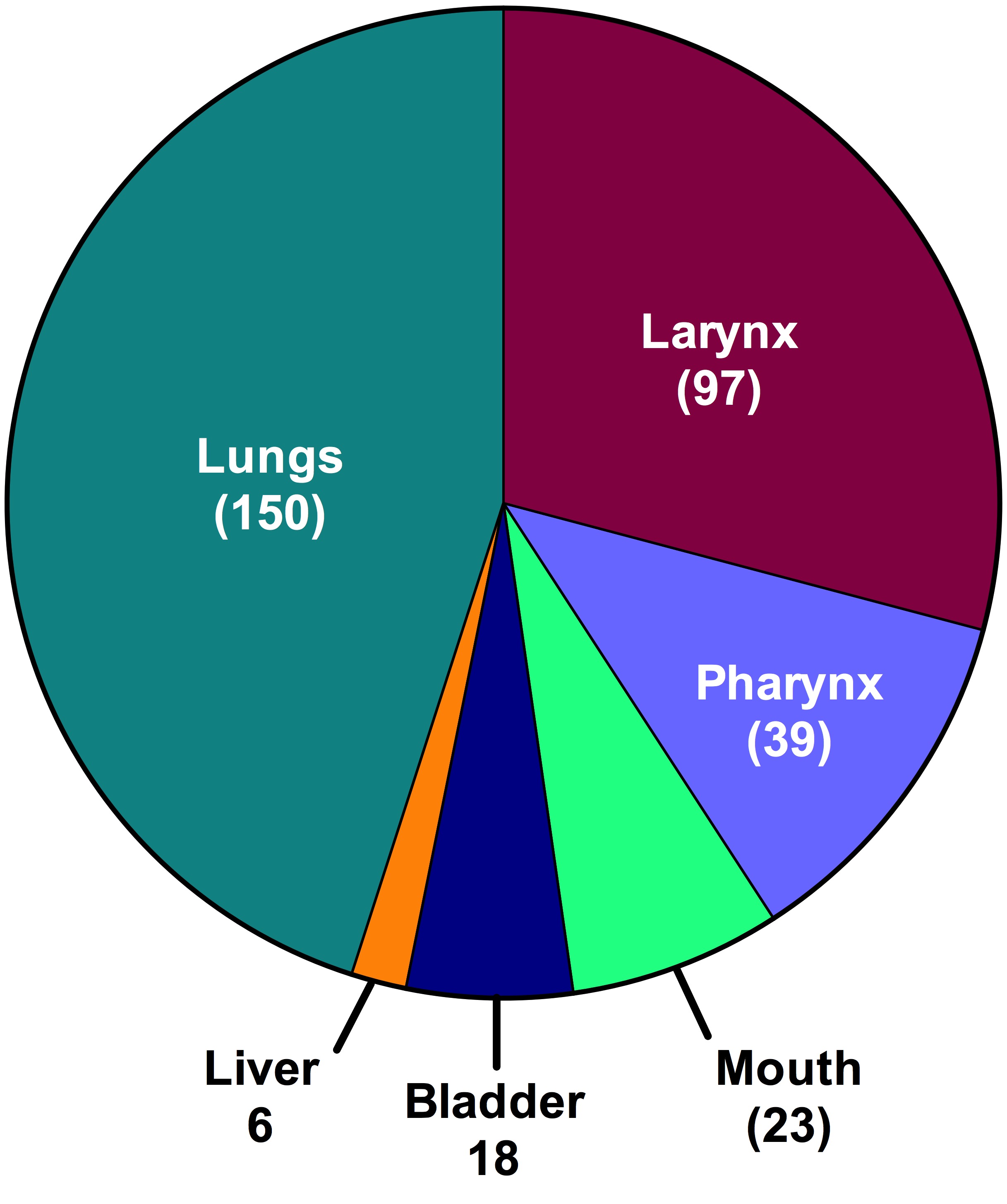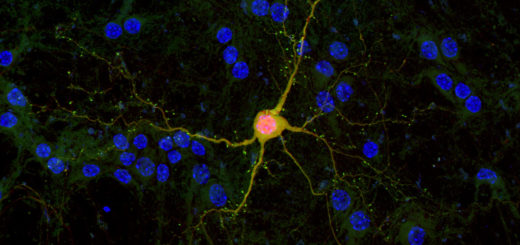A Message from Your Genes: Quit Smoking Now!

Everyone knows that smoking causes cancer. We see campaigns on TV, hear ads on the radio and sadly too many of us know first-hand what it means to lose a loved one to cancer. But what if someone asked you to explain why, would you be able to answer? What makes smoking a death sentence? You could dodge the question of course, but why miss a chance to show your friends that you’ve got the brains as well as the looks? Science is here to help!
Thanks to researchers all over the world, the nature of the link between smoking and cancer is getting clearer and clearer by the day. This is mainly due to epidemiological studies which are population-based and are often used to evaluate risk factors for a certain disease. The first papers on this topic were published in 1950 and since then over 60 carcinogens have been identified in cigarette smoke. Some of these chemicals damage our DNA and others prevent our cells from repairing the damage; by doing so they shut down the mechanisms that protect us from cancer. A smoker will also accumulate toxins in their body that eventually weaken their immune system, and so they are unable to fight off cancer when it arises1. So we know the effects the chemicals contained in cigarettes have on our body, but how do they physically cause the damage? A study published in Science helps us to understand a bit more.
The study is the result of an international collaboration between the Los Alamos National Laboratory (USA), the Wellcome Trust Sanger Institute (UK) and several other laboratories around the world2. Perhaps the most remarkable outcome is that scientists were able to calculate the precise number of mutations generated after smoking a pack of cigarettes daily for a year. Smoking 20 cigarettes a day will generate: 150 mutations in the lungs; 159 in the mouth and tissues in close proximity; 18 in the bladder and 6 in the liver. Even if you smoke much less than that, you will still be acquiring many mutations. The damage will just accumulate over a longer period of time. This is irreversible – these mutations will remain in your DNA forever.

A pie chart reporting the organs most affected by smoke-induced DNA damage with the average number of mutations per year in brackets.
In the words of the main author, Ludmil Alexandrov from the Los Alamos National Laboratory, the importance of the discovery resides in the potential to change the approach of researchers to smoke-related cancers: “Before now, we had a large body of epidemiological evidence linking smoking with cancer, but now we can actually observe and quantify the molecular changes in the DNA due to cigarette smoking”3.
The authors reached this conclusion after comparing more than 5000 whole genome sequences. This is the complete DNA sequence contained in every cell of our body that defines our unique combination of traits. DNA sequences from both smokers and non-smokers affected with different types of cancers were analysed to check for ‘mutational signatures’, a set of unique combinations of mutations that are the result of the same mutational process. That is to say, if we expose DNA to the same chemical agent, for example, we will always obtain the same set of mutations. So through the analysis of the mutational signatures present in each patient, the authors managed to extrapolate a total of four main possible mechanisms through which smoke could have caused the particular signature seen only in smokers. Some of these mechanisms of action are somewhat expected and are related to chemicals present in cigarettes, but there are also unexpected findings that enable us to explain how smoking can cause cancer even in tissues that are not directly exposed.
Even though this study is a big step forward in understanding the contribution of smoking in cancer formation, for Sir Mike Strutton (from the Wellcome Trust Institute and co-author of the Science article), there is still work to be done. Indeed, the deeper we get in understanding the biological changes caused by smoke, the more intricate the network underlying them appears. This is true for many types of cancer, and this new piece of research highlights the great potential that DNA sequencing can offer. Not only in terms of diagnosis, but more importantly in prevention.
The possibility of quantifying the damage to DNA after each cigarette can lead to some meditations on the effect that our smoking habits will have. Even not being a regular smoker, how many times have you found yourself with a cigarette in your hand while out for a pint or partying with friends on a Saturday night? Most of the time, this happens because smoking is recognised as a social behaviour. After reading the Science paper, the consequences of that single cigarette every once in awhile are more real than some hypothetical future disease. Some of these consequences could be long-lasting too. We still don’t know if smoking leaves epigenetic traces, meaning that some mutations could be inherited by our children even if they’re too young to know what a cigarette is.
So, while cancer researchers continue their work to find answers to the most difficult questions, we can do our own bit of thinking and answer a much simpler question: is that cigarette with friends really worth it?
This article was specialist edited by Alisha Aman and copy edited by Katrina Wesencraft.
References
- Almost all you need to know about research on smoking-related cancer can be found at http://www.cancerresearchuk.org/about-cancer/causes-of-cancer/smoking-and-cancer
- The original paper can be read here http://science.sciencemag.org/content/354/6312/618
- A full report of the authors’ comments on the paper is here http://www.sanger.ac.uk/news/view/smoking-pack-day-year-causes-150-mutations-lung-cells










